PRODUCTS
CONTACT US
Ningbo Nide International Co., Ltd.
一一
· Contact person:Jack Zeng
· Mob/Whatspp/WeChat:0086-13738869026
· Email:emarketing@nide-group.com;marketing4@nide-group.com
· Add:No. 169, Wohushan Road, Daqi Subdistrict, Beilun District, Ningbo, China

Nide team could manufacture ball bearing as per customer’s drawing and samples.
If customer only has samples, we could also design drawing fo r our customer.
We also provide customized service.
Our ball bearing is widely applied the different industrials.
Ningbo Haishu Nide International Co., Ltd was established in 2010. We produce carbon brush,magnet,fan,thermal protector,motor cover and lamination,insulation paper and other products. Our unwavering commitment to quality has been recognized by the National Testing Center and the Zhejiang Provincial Testing Center. We adhere to ISO 9001:2015 and CE statior standards, prioritize quality, and operate with integrity.
We prioritize quality and first-class service, constantly pursuing perfection. We have a deep understanding of the precise needs of our customers, and our important motor component manufacturing network and strict quality control system enable us to provide high-quality products to customers at reasonable prices.
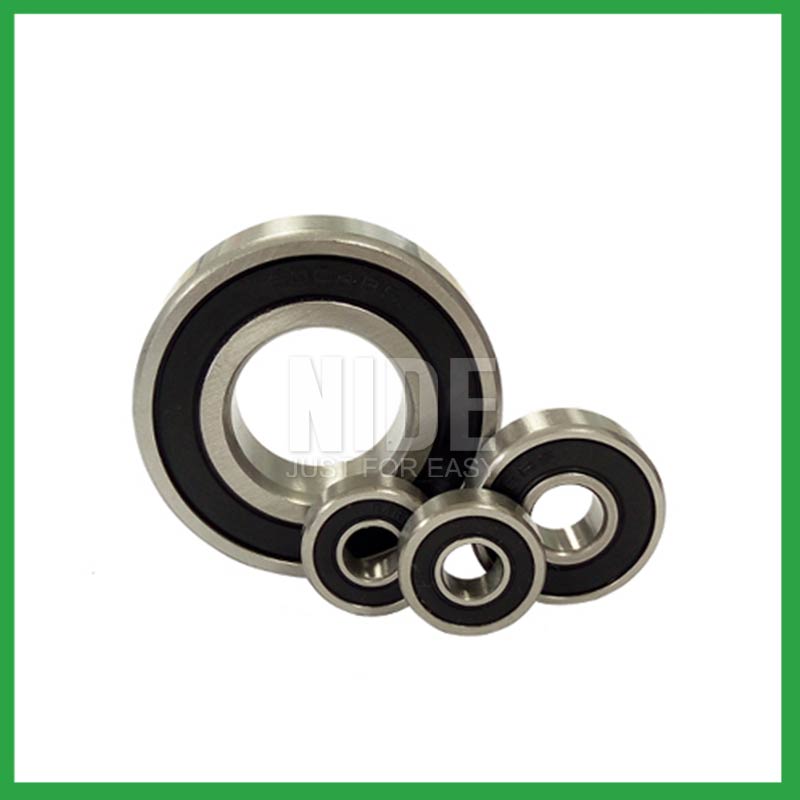
| Parameter | Information |
| Product Name | small ball bearing balls |
| Brand Name | Nide |
| Place of Origin | Ningbo,China |
| Type | Ball |
| Material | stainless steel, etc. |
| Sample | Avaible |
| Warranty | 3months-1year |
| Lubrication | Dry/ Oil |
| Application | chemical equipment,machine tools, etc. |
| Port | Ningbo/Shanghai |
| Size(mm) | customize |
| Export Country | Argentina,Brazil,South Korea,Bolivia,Netherlands,Christmas Island,Norfolk Island...etc |
| Export region | America,Africa,Oceania... |
| Certification | ISO 9001 Certification,CE-stator coil forming machine,CE-stator coil lacing machine,etc |
| Precision Rating | as per customer's requirement |
| Feature | Good wear resistance,Low Noise...etc |
| Packaging Details | Suitable for sea transportation |
| Color | gray+customized |
| Seals Type | Rubber seals |
| Service | Prompt Delivery |
| Supply Ability | 100000-500000 Piece/Pieces per Month |
| Lead time (days) | 15-20 (To be negotiated) |
Please note: The above table data is for reference only. For specific information, please contact us.
small ball bearing balls have the advantages of low friction coefficient,compactness,durability, and high load, and are used in main motion mechanisms and components, such as transmission shafts,resistors,tires, different motion mechanisms and accessories of airplanes and motorcycles.
Before use, the model, size, and design of the ball bearing should be confirmed to ensure suitable application;
During installation, the installation load of the ball bearing should be minimized as much as possible to avoid unnecessary damage;
The bearing shaft and the bearing frame should be stable at the same time to avoid excessive tension.
Ball bearings have many advantages, making them highly competitive in the market.
Firstly, they are very durable and have good wear performance, making their service life longer than many other types of bearings.
Secondly, they are easy to install and can provide low friction performance in various applications.
Thirdly, they require a relatively low level of maintenance, making them cost-effective.
In addition, compared to many other types of bearings, their purchase cost is relatively low, making them an economical choice.




small ball bearing balls---FAQs Guide
2.What is the significance of small ball bearing balls lubrication, and how does it affect bearing lifespan and performance?
3.What maintenance practices are recommended to extend the lifespan of small ball bearing balls and prevent premature failure?
4.How do cage materials and designs impact small ball bearing balls performance and stability?
5.Where can small ball bearing balls be used?
6.How do preloaded small ball bearing balls enhance rigidity and reduce clearance in high-precision applications?
7.About small ball bearing balls,What about the lead time?
8.What are the standard sizes and dimensions of small ball bearing balls?
9.How do manufacturers address concerns related to bearing noise and vibration in sensitive equipment?
10.What are the considerations for selecting sealed or shielded small ball bearing balls to protect against contamination and retain lubrication?
11.What is the load distribution within a small ball bearing balls, and how does it vary between different bearing configurations?
1.Can small ball bearing balls operate in high-temperature environments like industrial ovens or furnaces, and how are they protected from heat-related damage?
small ball bearing balls are capable of working at temperatures up to +842°F (+450 °C). Special lubricants, seals and coatings make this possible by protecting the ball bearings from heat damage.
2.What is the significance of small ball bearing balls lubrication, and how does it affect bearing lifespan and performance?
Bearing lubrication is vital for preserving the performance and lifespan of rolling element bearings. Lubrication helps separate moving parts relative to one another, such as rollers and raceways or balls, to prevent wear and tear and friction.
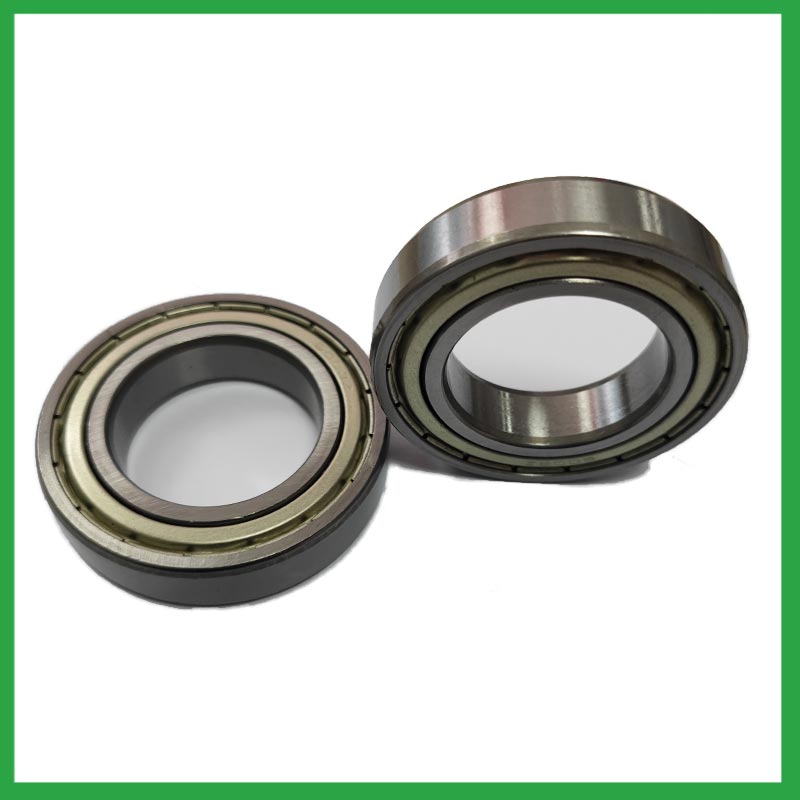
3.What maintenance practices are recommended to extend the lifespan of small ball bearing balls and prevent premature failure?
Proper handling and installation of small ball bearing balls is essential to preventing premature failure. Ensure that bearings are stored and transported in a clean, dry, and vibration-free environment. During installation, ensure that bearings are properly aligned, and torque is applied correctly.
4.How do cage materials and designs impact small ball bearing balls performance and stability?
As the core component of rotating machinery, the performance and reliability of high-precision small ball bearing balls directly affect the overall performance and life of the machine and instrument . The increase of the rotational speed will aggravate the collision and friction of the cage, which will lead to the decrease of the rotational stability of the cage. The unstable movement of the cage could in turn lead to more severe collision and wear, thus reducing the life and reliability or even the destruction of the bearing.
Therefore, it is very necessary to study the cage stability to guarantee the stable operation of bearings. However, the dynamic characteristics of the cage is very complex. Parameters such as load, rotational speed and lubrication may affect its kinematic and tribological conditions, which leads to the change of its motion behavior.
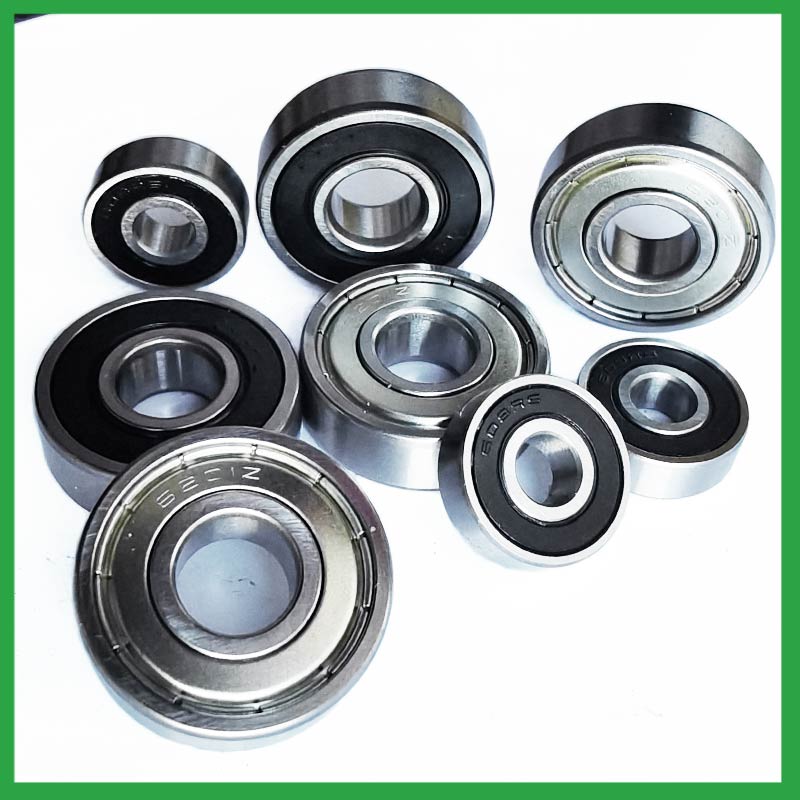
5.Where can small ball bearing balls be used?
small ball bearing balls are very versatile. They can be designed to withstand radial loads, axial loads and combined radial/axial loads at various operating speeds. These characteristics, combined with the relative cost and compactness of the design, give it universal appeal within the industry. Ball bearings are widely used in electric motors, gear reducers and pumps. Serving the automotive, home appliances, aerospace, oil and gas drilling, and mining sectors.
6.How do preloaded small ball bearing balls enhance rigidity and reduce clearance in high-precision applications?
Enhance Rigidity: By applying a controlled axial force, preload increases the bearing's resistance to external forces and moments. This heightened rigidity is essential in applications where any deflection or misalignment must be minimized, such as in machine tools or robotic systems.
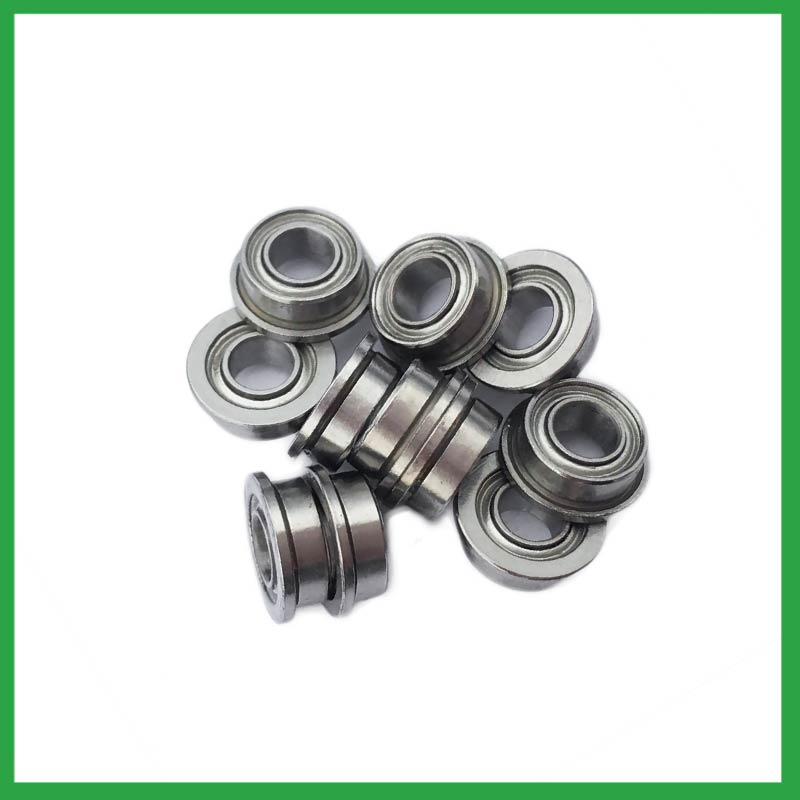
7.About small ball bearing balls,What about the lead time?
3-7 days for samples, 3-4 weeks for mass production.
8.What are the standard sizes and dimensions of small ball bearing balls?
small ball bearing balls size charts are widely available, and can be used to find the measurements of a specific bearing. Series 6200 and 6300 are the most commonly used, and typically range from 10 x 30 x 9 mm (. 394 x 1.181 x . 354 in) to 150 x 320 x 65 mm (5.906 x 12.598 x 2.559 in).
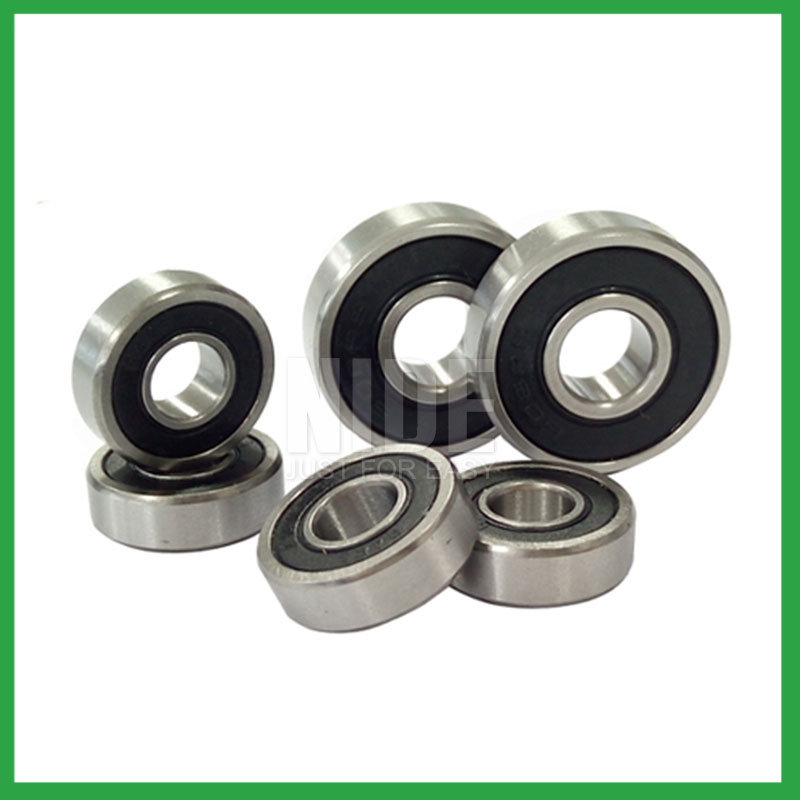
9.How do manufacturers address concerns related to bearing noise and vibration in sensitive equipment?
From a small ball bearing balls manufacturing perspective, a low noise or vibration rating is achieved by paying attention to the surface finish of the raceways and balls, their roundness, and selecting the correct cage design. Finely filtered low noise greases can also be used to reduce vibrations.
10.What are the considerations for selecting sealed or shielded small ball bearing balls to protect against contamination and retain lubrication?
First, the environment in which your small ball bearing balls operate in can help you identify potential contaminants, allowing you to select your shields or seals accordingly. For example, shielded bearings have a gap that can allow finer contaminants or water from washdown applications to enter the bearing and get into the raceways.The challenge for sealing bearings is to seal the bearing by protecting the bearing from contaminants and running efficiencies.
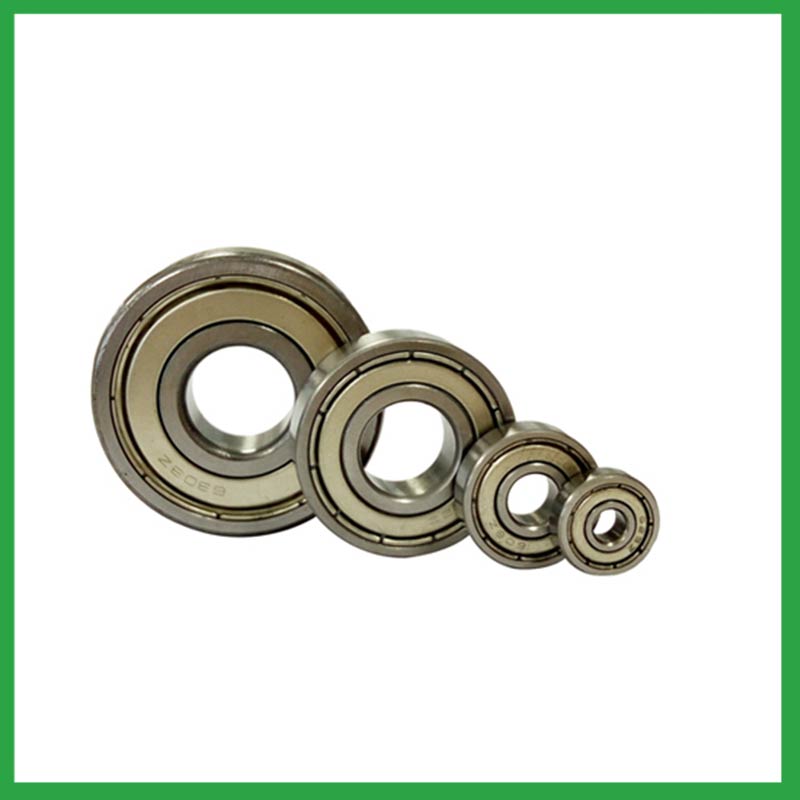
11.What is the load distribution within a small ball bearing balls, and how does it vary between different bearing configurations?
The load distribution between the rolling elements and raceway is crucial in performance evaluation of rolling element bearings. Determine the load distribution by measuring the strain response at the bearing surface with a notched housing. Finite element analysis shows that the introduction of notches does not affect the load distribution. An experimental system was developed to investigate the load distribution in a cylindrical roller bearing. The experimental static load distribution agrees well with the theoretical calculation. The dynamic load at specific position of load zone reflects the manufacture difference among rollers and dynamic balance of distributing loads.

